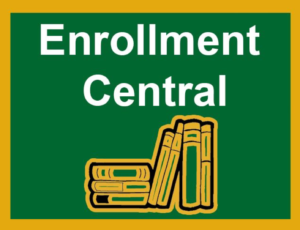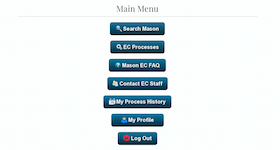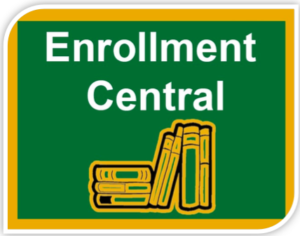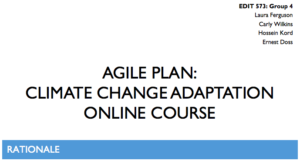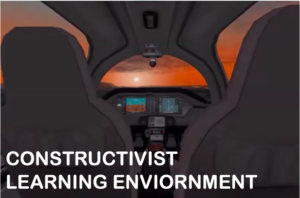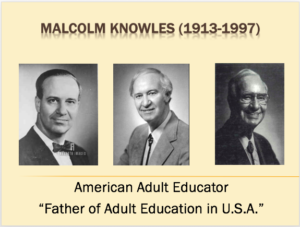Artifacts
EDIT 752: Design and Implementation of Technology-based Learning Environments
This course was a continuation of EDIT 732. Now that we had analyzed, designed, and created a prototype for our learning environment (mobile app for the Enrollment Central office at Mason), we had to do two rounds of evaluation and enhancement of our prototype. My team and I started by improving our prototype based on pilot testing results we had done earlier. We then came up with the proper way to have it tested by students and collect their feedback. After the first round of evaluation we gathered all the feedback and enhanced the prototype based on the results or our evaluation. We also did a second round of evaluation, but this time we learned and used a tool called UserZoom to automate our testing and evaluation. A document and presentation was also created to demonstrate our process and results.
EDIT 575: e-Learning Design Applications
This course was about image manipulation, animated presentation, and using Adobe Captivate to produce video tutorials. Initially used GIMP2 (similar to PhotoShop) to manipulate images and then use those images in an animated presentation. Finally I created a Flash video using captivate. Unfortunately the flash version can not be included here because it was created with a 30 day trial account and the video has expired.
EDIT 732: Analysis and Design of Technology-Based Learning Environments
This was a very hands-on course. My team and I decided to design and create the prototype for a mobile app. This app would be for the Enrollment Central help desk at George Mason University. Before creating the prototype we went through proper Analysis and Design of this project and produced a document explaining all our steps. We then created our prototype in the form of a live and functioning website. At the end we also did some pilot testing with a sample of possible users for this app. All of our work was then summarized and presented in a presentation.
EDIT 590: Educational Research in Technology
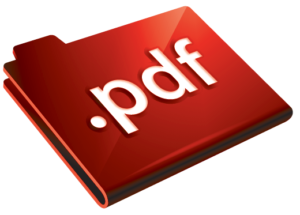
I knew nothing about Educational Research before this course. From this course I learned various research methods and how to use them appropriately. I wrote a research proposal to explore why American students tend to avoid Science / Technology / Engineering / Mathematics (STEM) fields. I wrote hypotheses, research questions, evaluated limitations, and did an existing literature review. I then recommended Exploratory Sequential Mixed Method to be used for this study and created detailed instructions on how each phase should be conducted. Finally put all of these into a standard research proposal document with proper formatting and references.
EDIT 573: Project Management: Agile
In this class I learned about Agile Methodology and which projects are more suitable to be implemented using Agile. I then worked with three of my classmates to take a project (Adapting to Climate Change) and create an Agile plan for it. We had to explain why Agile is the best method for this project and what the benefits are, write a Vision Statement, and create a Road Map and explain various sprints.
EDIT 526: Web Accessibility and Design

In this class I learned about designing an accessibly website. We covered various accessibility issues ( hearing impaired, visually impaired, etc.) and how to modify websites to make them accessible to all. I learned about Web Content Accessibility Guidelines (WCAG) and Universal Design for Learning (UDL) and how to follow them. I also created an Instructional Lesson as a complementary online lesson for this course.
EDIT 706: Business of Learning Design and Technologies
Business Case for Collaborative Teamwork
In this class students are asked to pick an organization, learn and analyze their existing business model, and design a better business model to improve that organization. I picked my own department and analyzed our way of doing business. Did a gap analysis, created a recommendation plan (Collaborative Teamwork), elaborated on assumptions and risks associated with each plan, and listed its advantages and disadvantages in detail. I then created a Business Case with all the detail and including cost analysis according to Business Case standards for the upper management.
EDIT 730: Advanced Instructional Design
This course required students to design highly contextualized and engaging problem-solving learning environments. I was part of two projects in this class. In the first one we designed a constructivist learning environment, which students would learn how to fly by themselves. We also had to compare it with a more traditional, behaviorist, learning environment.
In the second project, which I worked with one other classmate, we designed and created another constructivist learning environment to allow high school students to learn about the climate change, which is a very complex issue and is actually categorized as a dilemma. Instead of just building a prototype for the class we actually build a fully functional website. When this website was viewed by organizers World Conference on E-Learning, they asked us to present it at their 2016 Washington conference. My team mate and I attended this conference and presented this project as a living example of Cognitive Flexibility Hypertext (CFH).
EDIT 704: Instructional Technology Foundations and Theories of Learning
This was my first ID class and it introduced me with the foundation and various theories regarding learning. I also learned about the ADDIE model and how to properly use it to produce professional instructions.
The subject I chose was designing an instructional course for part time chefs, who will be demonstrating and cooking Persian Kebab in a health food store and give interested customers a one page instruction for making this dish at home. Persian Kebab is a delicious meal, but hard to make without proper instructions.
Students in this class also had to pick one theoretician and do a presentation on him / her. I chose Malcolm Knowles, who is famously known as the “father of adult education.” I also created a one page summary about him, which is included here as a PDF file.


